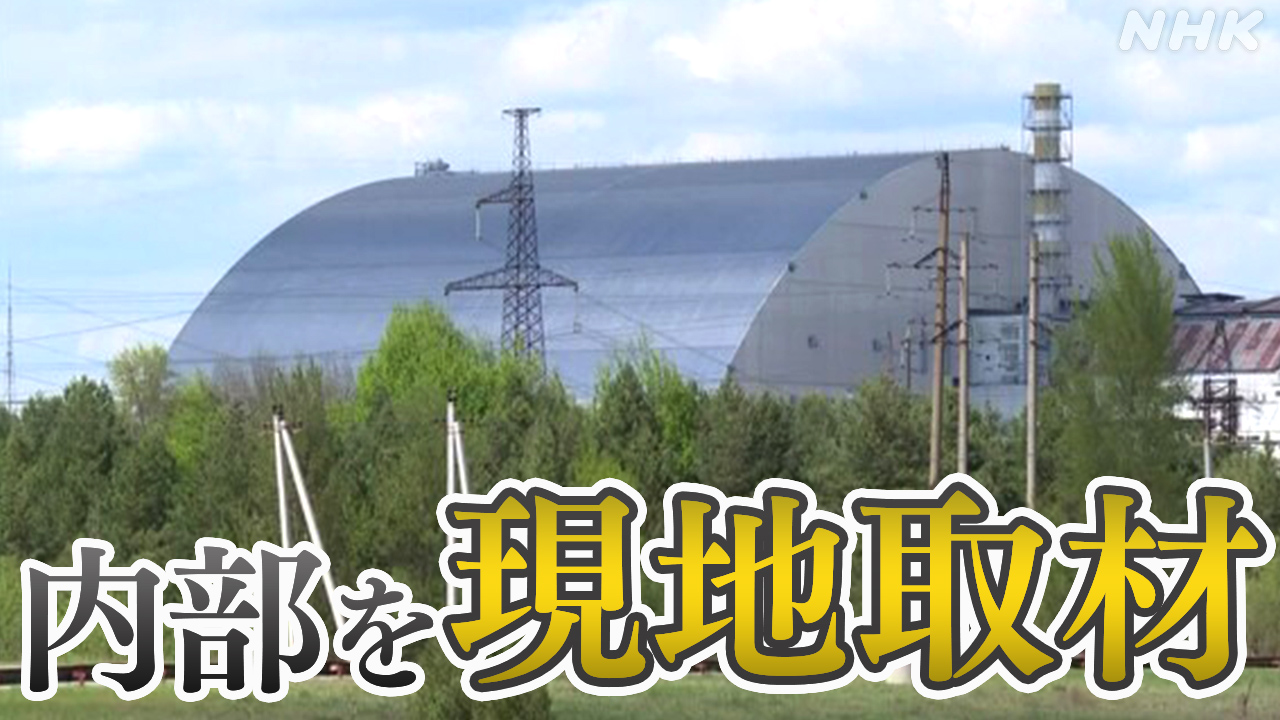Chernobyl's Damaged Shelter: The Current Situation – A Decade After the New Safe Confinement
Thirty-seven years after the Chernobyl disaster, the world continues to grapple with the legacy of the nuclear meltdown. While the immediate aftermath saw widespread devastation and evacuations, the long-term implications, particularly concerning the damaged reactor, remain a focus of international attention. This article explores the current situation of Chernobyl's shelter, the challenges faced, and the future plans for the site.
The New Safe Confinement: A Giant Arch Over Disaster
The infamous sarcophagus, the hastily constructed concrete structure built immediately after the 1986 accident, was never intended as a long-term solution. It was showing signs of significant deterioration, posing a serious risk of further radioactive material release. To address this, the New Safe Confinement (NSC), an enormous arch-like structure, was constructed. Completed in 2016, this marvel of engineering now encloses the sarcophagus and the damaged reactor 4, itself.
Key Features of the NSC:
- Massive Scale: The NSC is a gigantic structure, measuring 150 meters high, 257 meters long, and 150 meters wide – big enough to cover the Statue of Liberty.
- Advanced Technology: It incorporates cutting-edge technology to ensure structural integrity and prevent further radioactive leakage. This includes advanced monitoring systems to detect any potential problems.
- Improved Safety: The NSC significantly reduces the risk of radioactive material dispersal, protecting both the environment and nearby populations. This provides a safer working environment for those involved in the ongoing decommissioning process.
- Long-Term Solution: The NSC is designed to last for at least 100 years, providing a stable enclosure for the damaged reactor.
Ongoing Challenges and Future Plans
Despite the successful construction of the NSC, significant challenges remain:
Decommissioning the Reactor: A Herculean Task
The complete decommissioning of the Chernobyl nuclear power plant is a complex and lengthy process. Removing the radioactive materials safely and efficiently requires meticulous planning and advanced technology. This involves the careful dismantling and removal of the reactor's core and other contaminated structures.
Managing Radioactive Waste: A Long-Term Commitment
The management of radioactive waste generated during the decommissioning process is a major concern. Finding safe and permanent storage solutions for this highly dangerous waste is crucial for long-term environmental safety. This involves both the management of short-lived and long-lived radioactive isotopes.
Environmental Monitoring: Continuous Surveillance
Continuous environmental monitoring remains critical to ensure the safety of the surrounding environment. Regular monitoring of air, water, and soil samples helps assess the impact of the disaster and track the effectiveness of containment measures. This data is crucial for informing future strategies and mitigating potential risks.
The Future of Chernobyl: From Disaster to Research Hub?
While the disaster caused immense suffering and environmental damage, the Chernobyl Exclusion Zone has also become an area of unique ecological research. The abandoned areas have provided a unique opportunity to study the long-term effects of radiation on wildlife and ecosystems. This research contributes to a deeper understanding of environmental resilience and radiation biology.
Conclusion: A Legacy of Caution and Innovation
The current situation at Chernobyl is one of cautious optimism. The construction of the NSC represents a remarkable achievement in engineering and international cooperation. However, the long-term decommissioning process, waste management, and environmental monitoring continue to present significant challenges. The site serves as a stark reminder of the potential dangers of nuclear power and the importance of robust safety protocols, yet it also highlights human ingenuity and resilience in the face of catastrophe.
Keywords: Chernobyl, Chernobyl disaster, New Safe Confinement, NSC, Chernobyl Exclusion Zone, nuclear disaster, radioactive waste, decommissioning, environmental monitoring, reactor 4, sarcophagus, nuclear safety
Further Reading:
(Note: Replace the example.com links with actual links to authoritative sources.)
